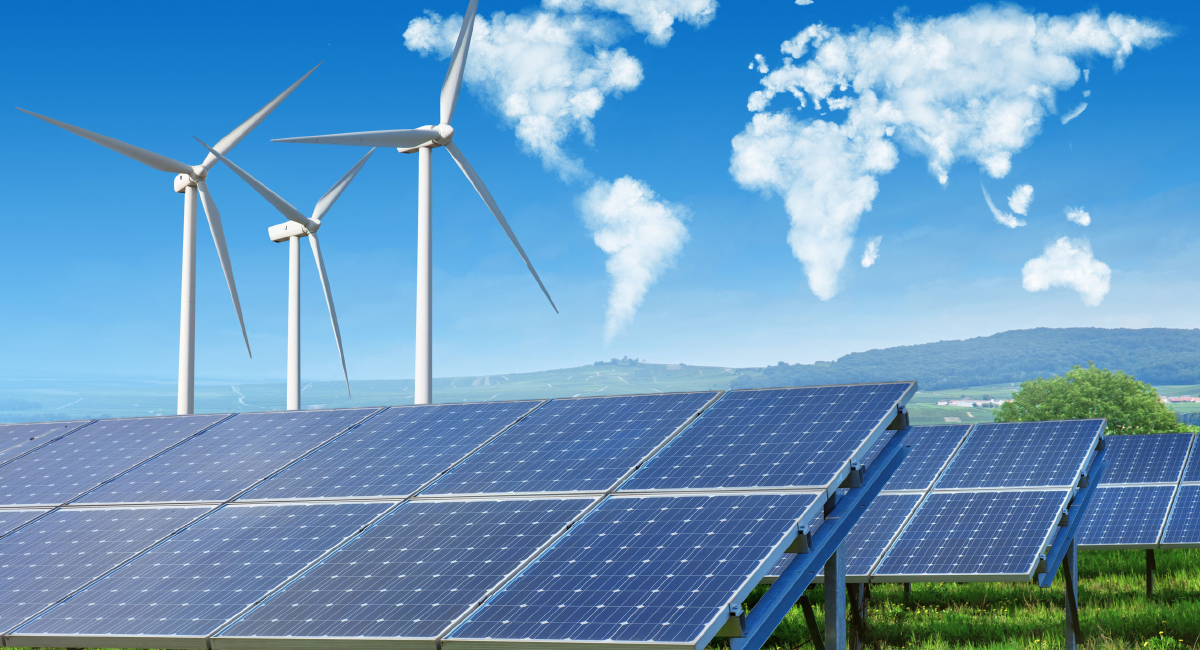Some scientists say we’re in a climate emergency.
Can the production and use of energy be transformed soon enough to prevent the worst effects of global warming? Yes, if market prices are permitted to signal the most cost-effective adjustments. But we can’t pretend that solar and wind alone will be enough.
The International Energy Agency projects that renewables will be the most important global energy source by 2030. While growth in carbon emissions will slow, total emissions are expected to rise. Fossil fuels still will account for about 75 percent of the global energy mix. That won’t come close to reining in carbon emissions and achieving the dramatic cuts the Intergovernmental Panel on Climate Change claims are needed.
An approach that leans solely on renewables will make meeting the challenge all the more difficult and costly while ignoring some important truths.
If we want to live in a new energy future, nuclear power and “carbon capture utilization and storage” are keys to the door.
Plans to reduce carbon emissions should be guided by practicality. Globally, coal remains the dominant fuel for power production; its share of the total around 40 percent. Countries such as China and India, whose economies rely heavily on coal, are likely to keep many existing coal plants in operation for decades. In fact, hundreds of new coal plants are under construction or in development around the world.
People must become rich before they begin to care about the environment. The operators of those coal-fired plants will reduce emissions only with profit-driven incentives. One such profit source is turning carbon emissions into useful organic (i.e., carbon-based) products.
The good news is that emissions at some coal and natural-gas plants already are being captured and repurposed to make reinforced concrete, among other products. And researchers are seeking ways to turn emissions into petrochemicals and plastics. Such efforts deserve much more attention.
What about nuclear power? The answer is clear: The Department of Energy, with advice from a blue-ribbon panel of nuclear experts, should select an advanced reactor design for full-scale demonstration in the United States.
Such a reactor—competitive with natural gas and designed so it cannot melt down—would extend the benefits of nuclear power well into the future. But it would need to be built on-budget and ready to operate in considerably less time than it’s taken for the approval and construction of conventional nuclear plants.
What better place than the Idaho National Laboratory to build an advanced nuclear plant? INL is where the world’s first nuclear plant, ER-1, began generating electricity in 1951. Its successful operation ushered in a fleet of nearly 100 U.S. nuclear plants.
Contrary to the assertions of antinuclear organizations, nuclear power is neither dead nor dying. Today, 445 nuclear plants operate globally; around 50 plants are under construction, according to the World Nuclear Association.
The accidents at Chernobyl and Fukushima, alarming as they may have been, occurred in plants relying on technologies at least two generations old. Chernobyl happened in the Soviet Union’s fossilized planned economy, for crying out loud.
In the United States and France, the two countries with the largest nuclear fleets, nuclear plants have an outstanding performance record. Nuclear plants in the United States today supply electricity more than 90 percent of the time. They are the emissions-free foundation of the grid, providing power when demanded, not when the weather permits.
That capacity to dispatch power on demand can’t be replaced by unreliable wind and solar energy. While the idea of storing solar and wind energy for use at night or when solar panels and windmills are offline is promising, its development still is in the early stages. We need all carbon-free sources.
Both the DOE and IEA project that global energy use will increase almost 30 percent by 2040. The key to sound energy policy is to ensure that America has an integrated program of nuclear power, CCUS at coal and gas plants, renewables, demand management with real-time pricing for energy consumers, and energy efficiency. No investor puts all of the eggs in one basket.











